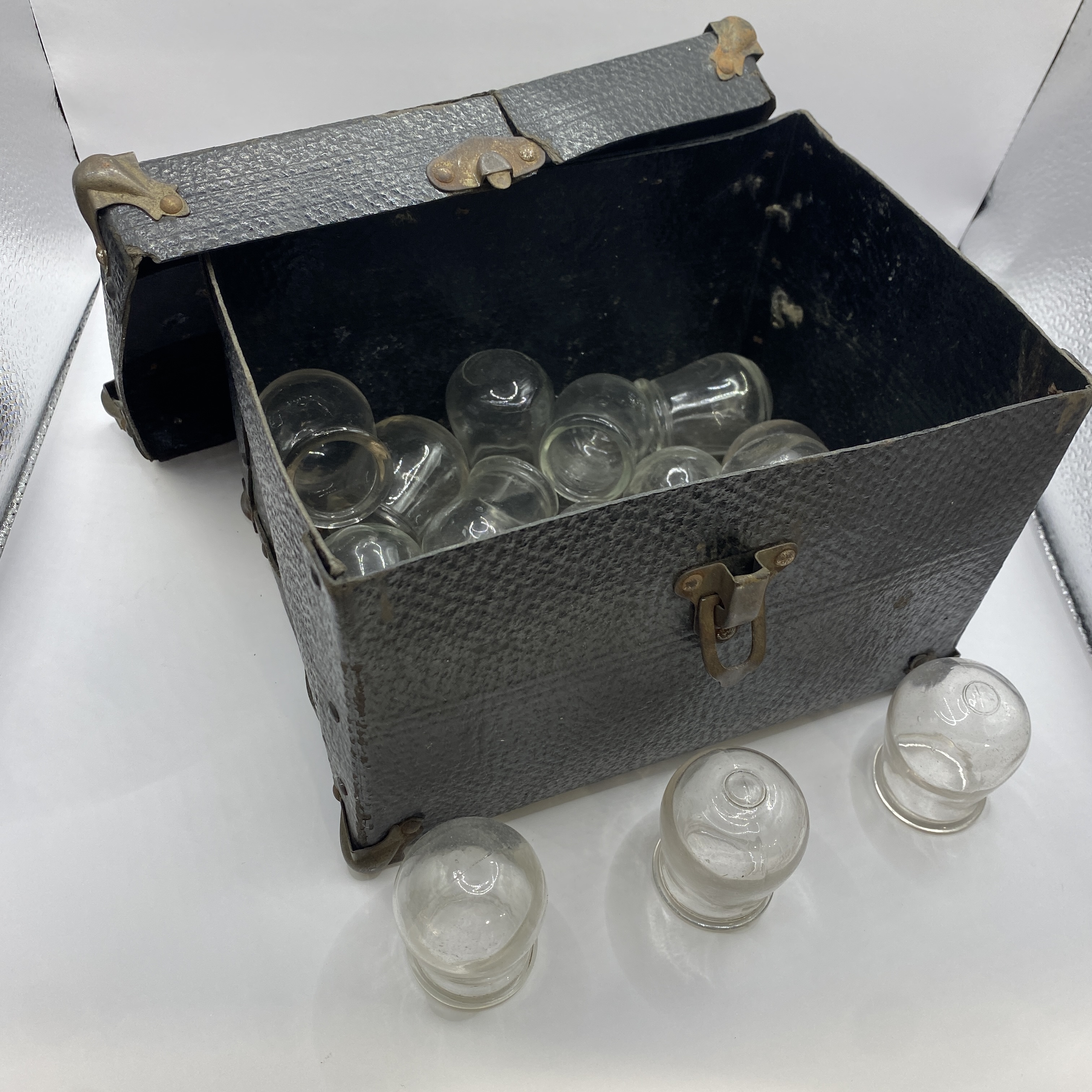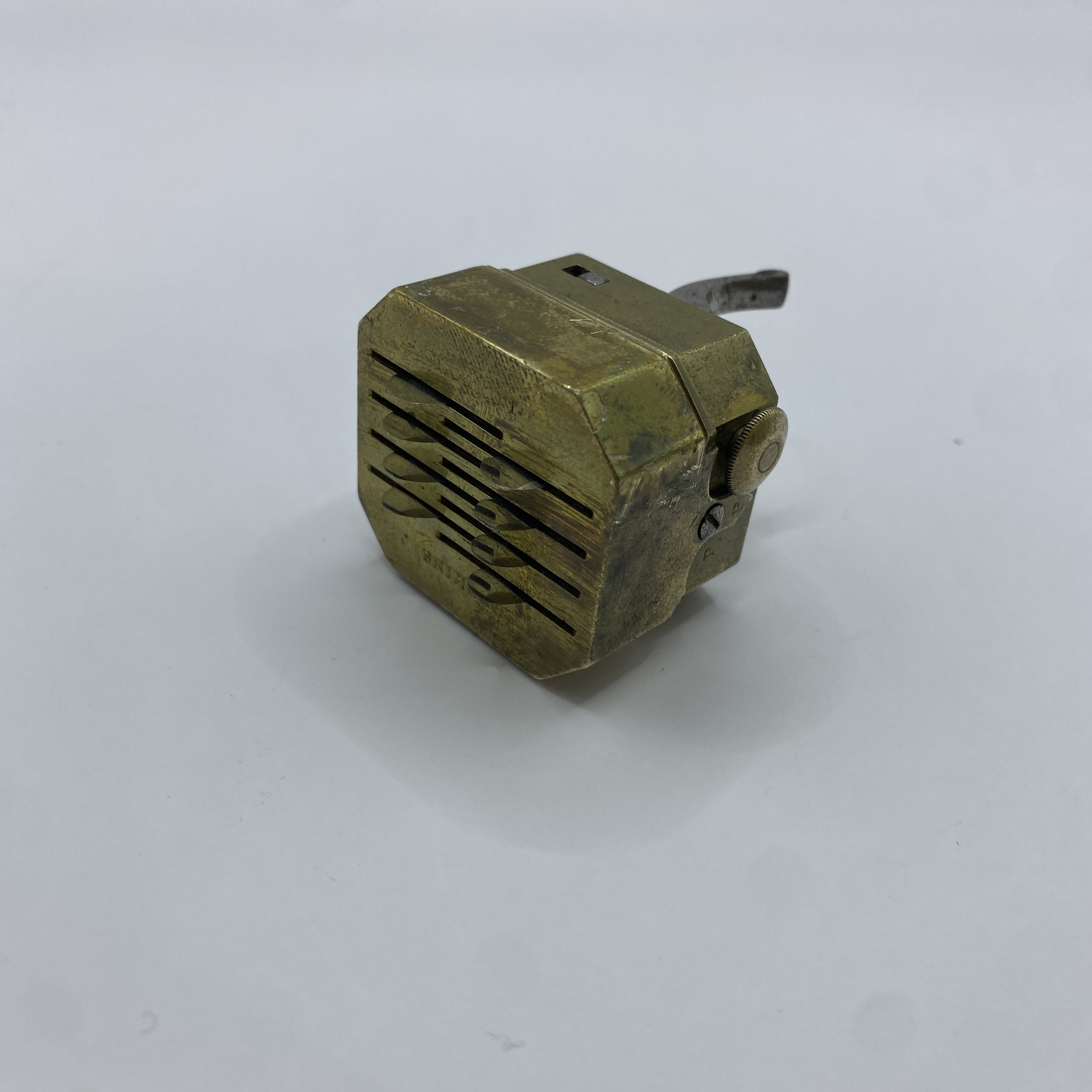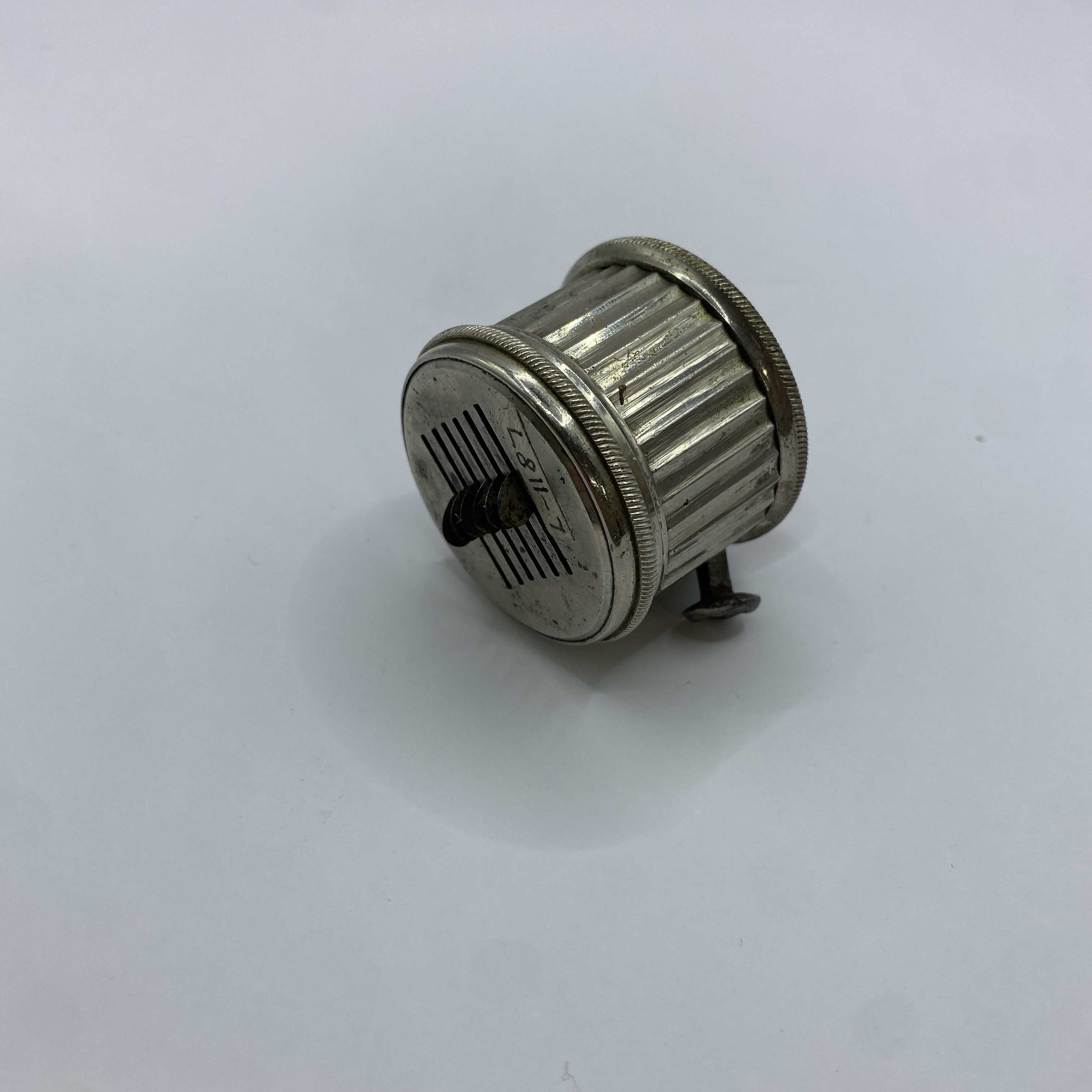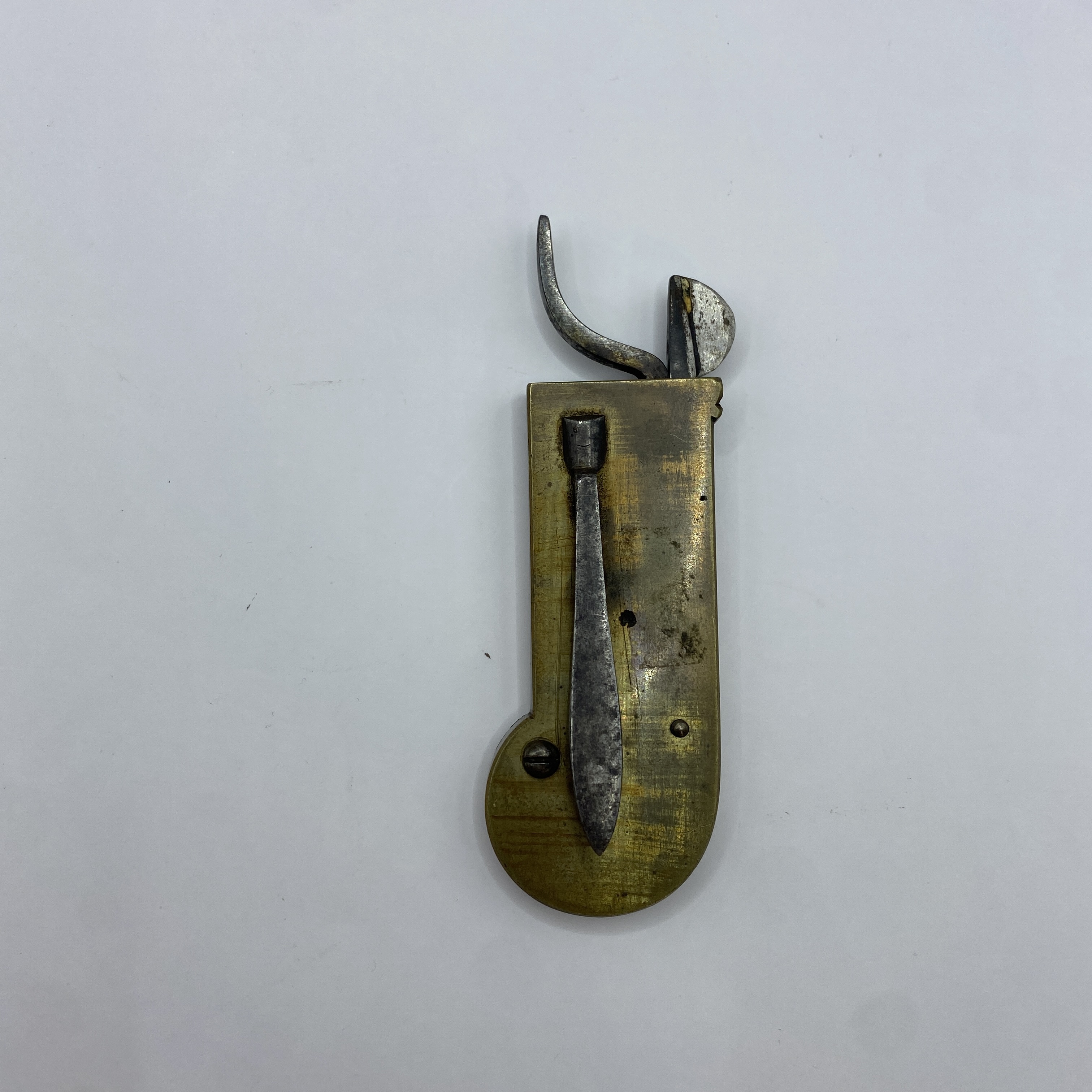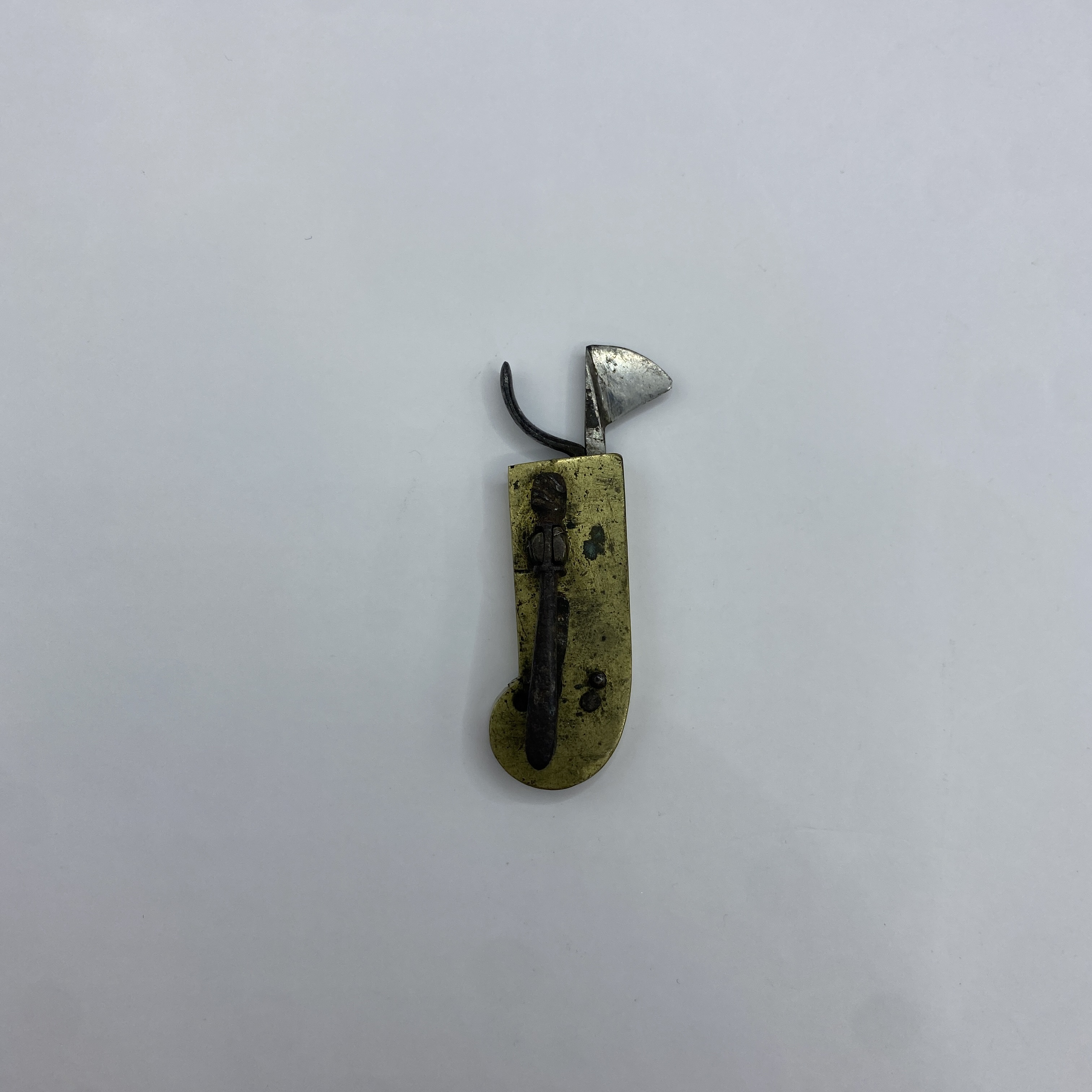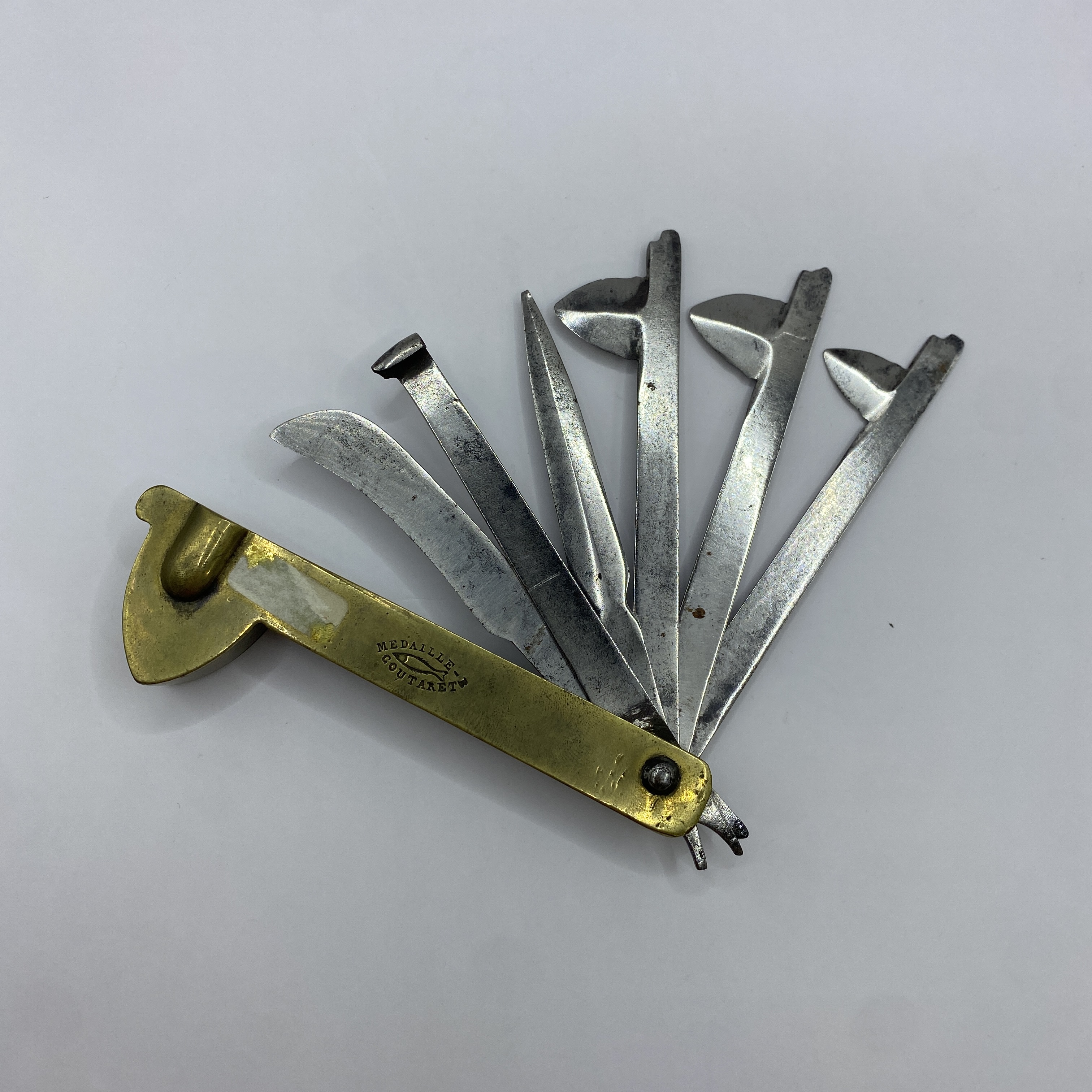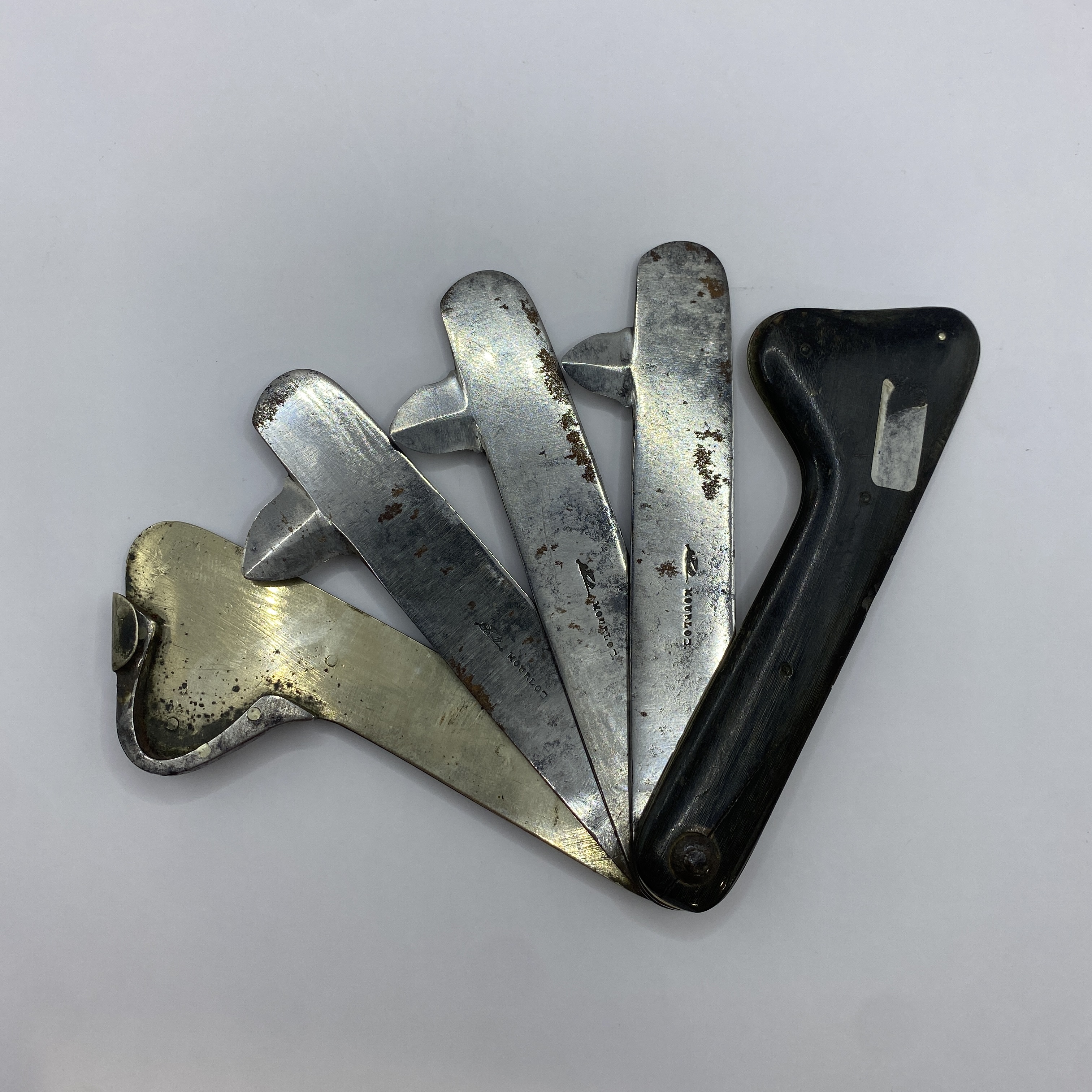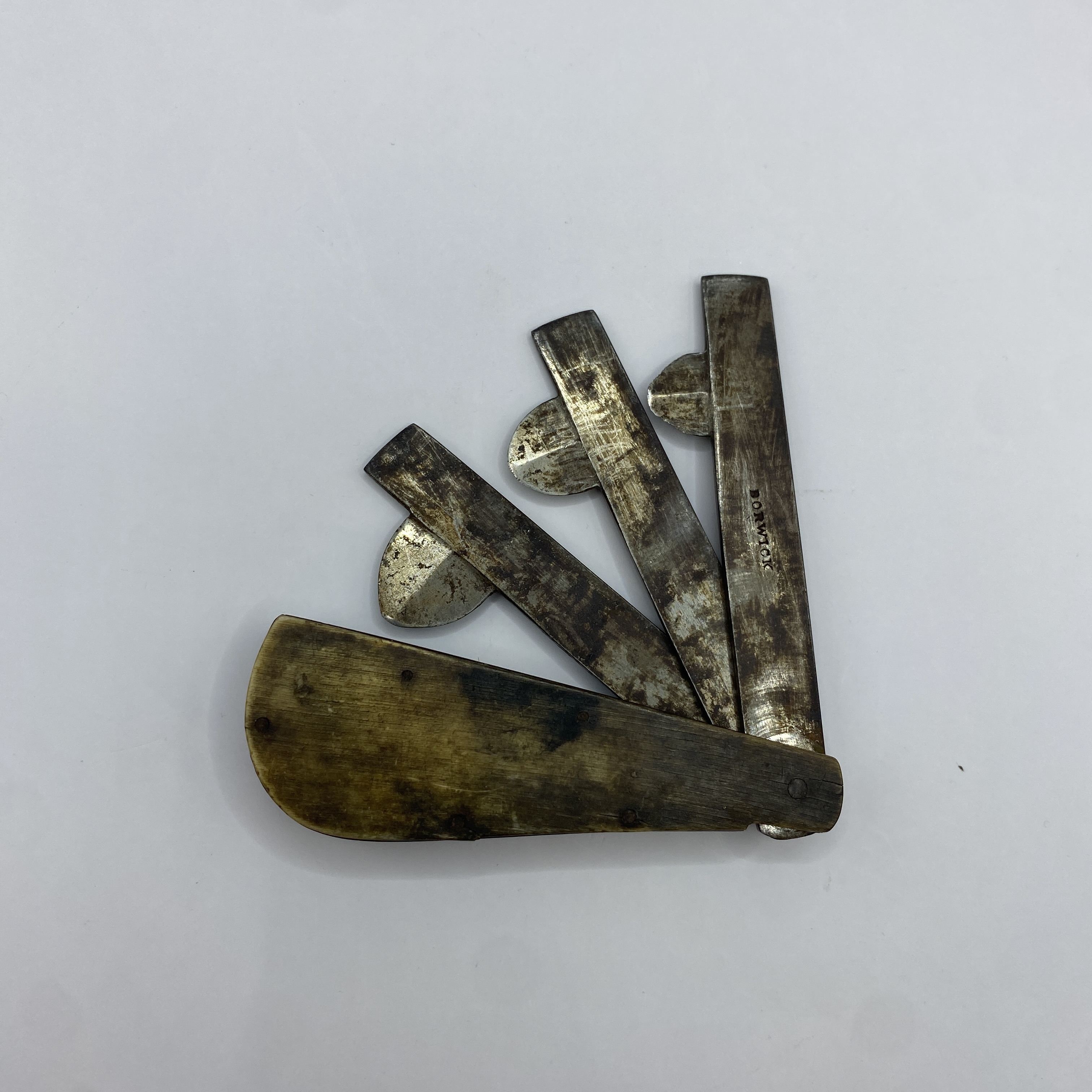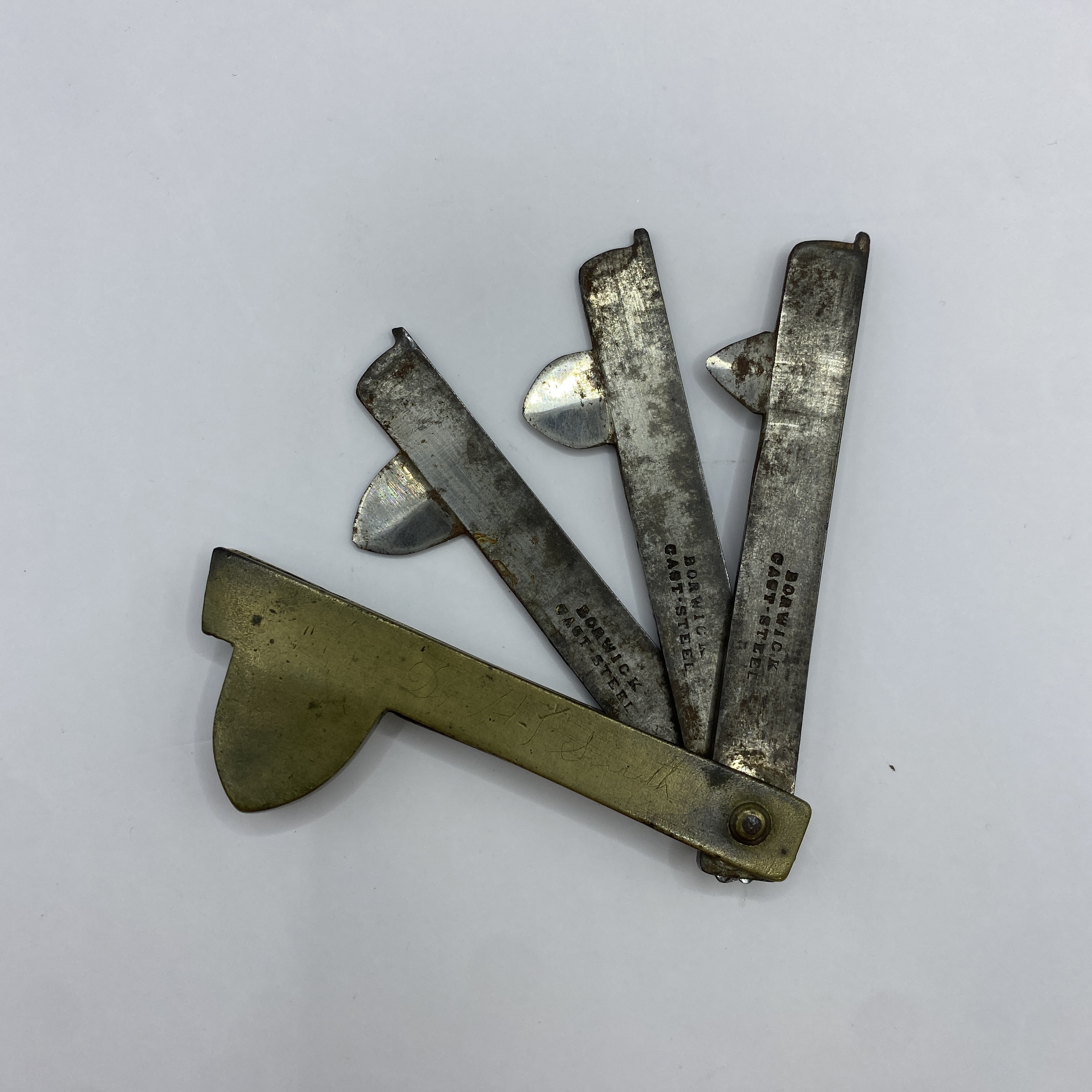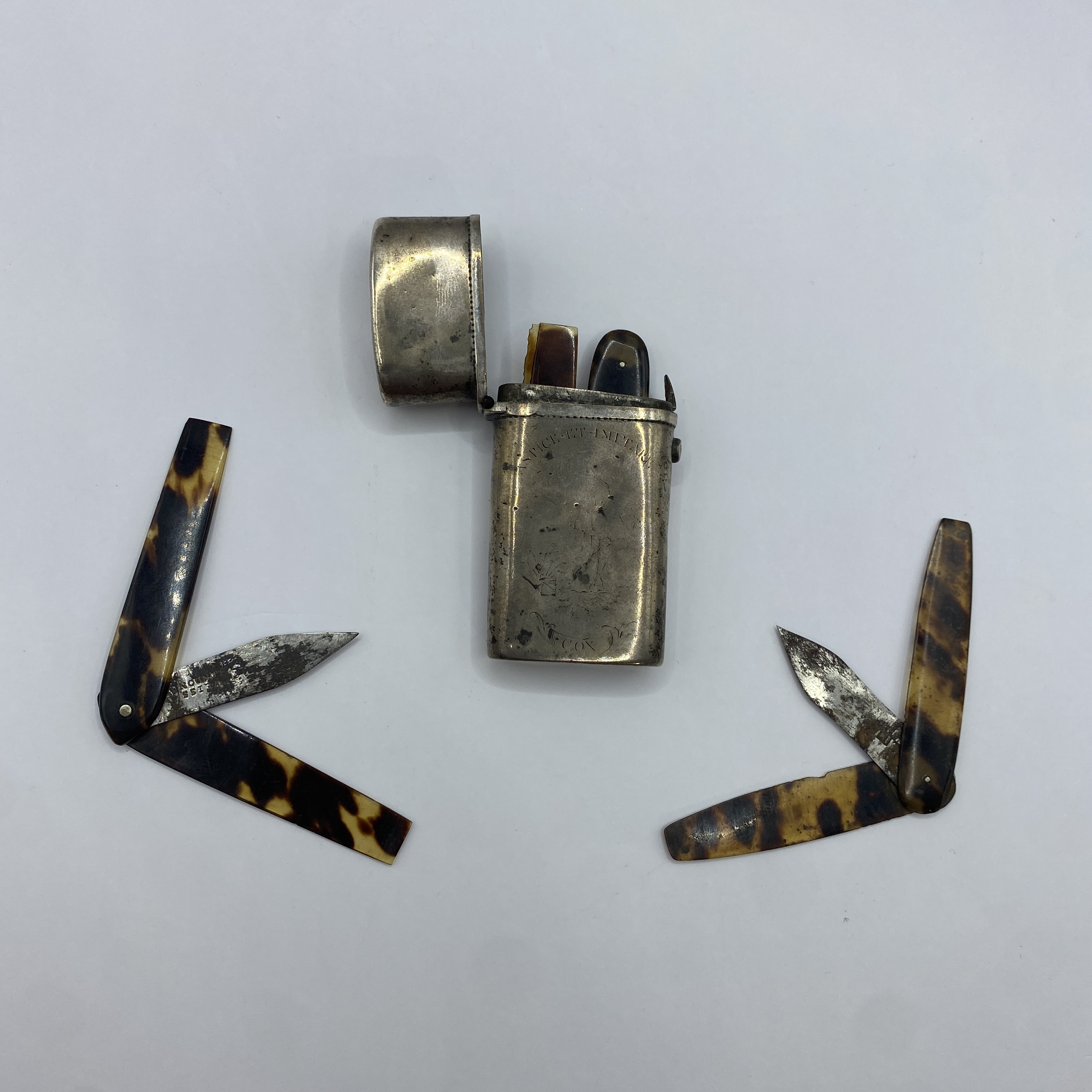
Bloodletting (also known as phlebotomy or venesection) was in the practice of medicine for more than 2000 years as a believed panacea to all illnesses and is surprisingly still used for a select number of ailments in the modern age. It was predominantly used in the 18th to 19th century and began to taper out of practice toward the beginning of the 20th century. Developing from Hippocrates’s theory of humorism nearly 2300 years ago (460-370 B.C.), he believed that humans related to the four basic elements – fire, water, earth, and air – in that they directly correlated to four basic humors of the human body: yellow bile, phlegm, black bile, and blood. Due to this theory, it was common belief that being ill meant that a person had an imbalance of the four humors, therefore treatment was used to correct this imbalance by several methods such as bloodletting, purging, catharsis, and diuresis. It was not until around 200-129 B.C., however, when Galen (a famous, ancient Greek physician) declared blood as the dominant humor that the practice of phlebotomy became a primary treatment of medicine.
Bloodletting worked as follows: a physician would use one of seven different instruments/techniques (a lancet, thumb lancet, fleam, spring lancet, scarificator, dry and wet cupping, or even leeches) to cut the flesh and release blood from a certain position on the body – the most common location being the median cubital vein at the elbow joint due to its high blood flow. After cutting the skin, the “excess blood” was collected in a bleeding bowl containing engraved markings to measure the amount collected. This medical technique of phlebotomy was, at one point or another, used to treat nearly everything -- even anemia; which sounds as counterproductive as it was and rarely helped the patient. In its history, many famous figures in society have died from bloodletting such as President George Washington which goes to show how this technique was not simply used as a poor form of treatment for the less fortunate.
Today, bloodletting is still occasionally used as “therapeutic phlebotomy” for very specific conditions such as hemochromatosis (excess iron levels in blood), polycythemia vera (a form of blood cancer in which the bone marrow creates and excess of red blood cells), and others.
